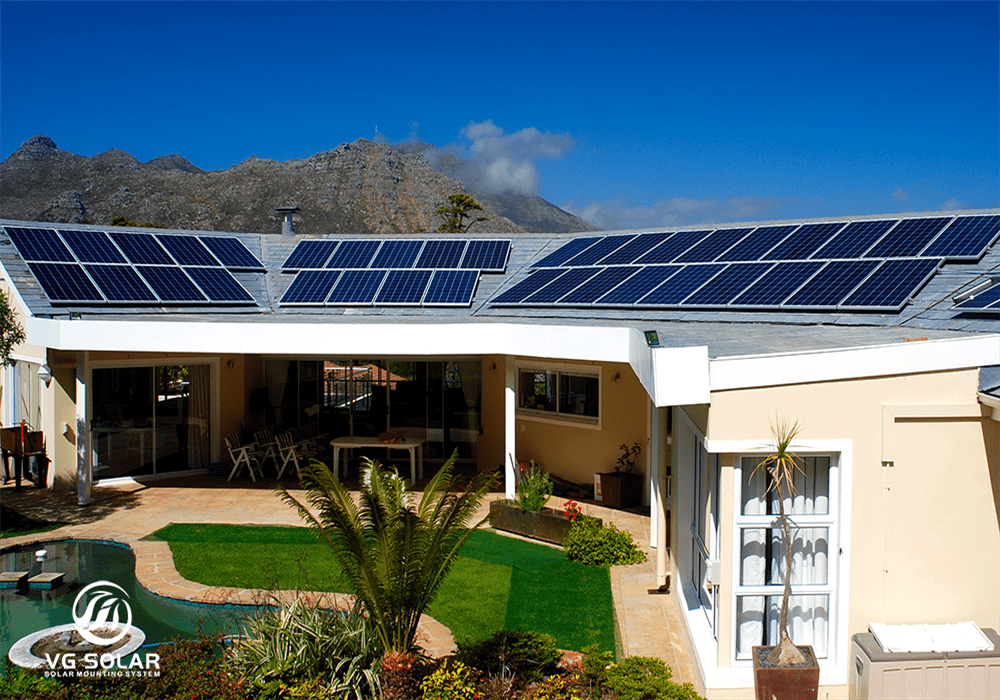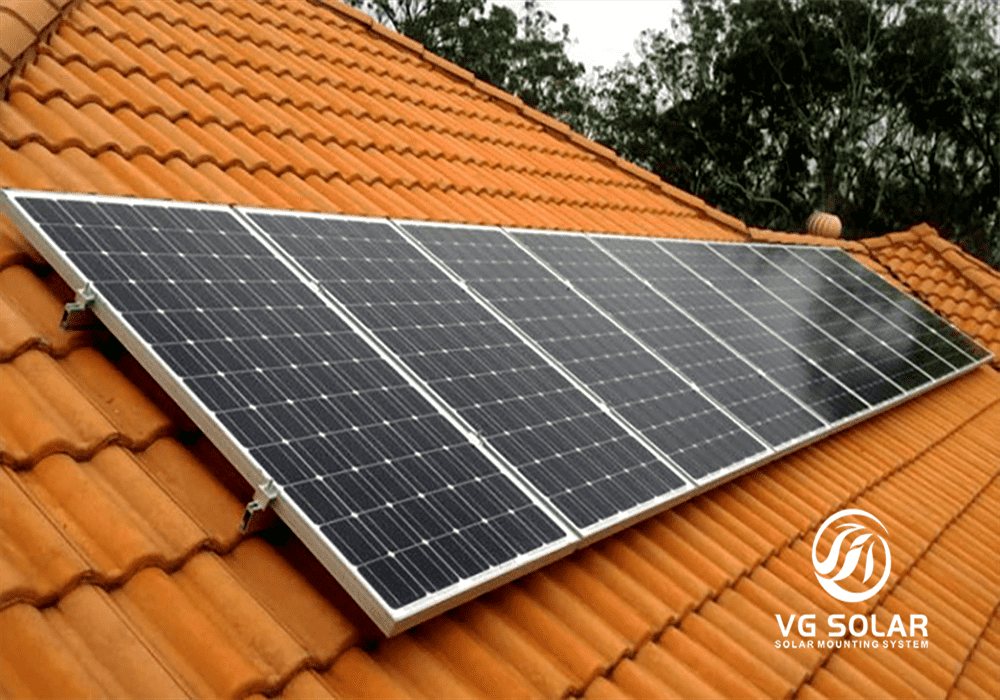At a time when sustainable energy solutions are becoming increasingly important, rooftop photovoltaic systems have become a popular choice for homeowners and businesses. These systems not only provide renewable energy, but also enhance the functionality of the roof without compromising its integrity. Central to the effectiveness of these systems are the rooftop photovoltaic mounts, which are carefully selected based on roof area and materials.
Rooftop photovoltaic mounts are the backbone of solar panel installations. They are designed to hold photovoltaic panels securely in place, ensuring optimum performance and longevity. The choice of brackets is crucial; they must be compatible with the specific roof type – whether flat, pitched or made of materials such as metal, shingles or asphalt. Properly installed brackets not only support the panels, but also protect the roof from potential damage, allowing homeowners to reap the benefits of solar energy without compromising the structural integrity of the home.
When a rooftop photovoltaic system is installed, it effectively turns the roof into a mini power station. This innovative approach allows homeowners to generate their own electricity, significantly reducing reliance on traditional energy sources. The roof, fitted with photovoltaic panels and supported by sturdy columns, serves a dual purpose: providing shelter and generating clean energy.
This dual functionality is particularly attractive in urban areas where space is at a premium. By using roof space to generate electricity, homeowners can maximise their available space without requiring additional land. This not only contributes to energy independence, but also promotes sustainability by reducing the carbon footprint associated with conventional energy sources.
One of the main benefits of a rooftop photovoltaic system is its ability to meet daily electricity needs. With the right setup, homeowners can generate enough electricity to meet their energy needs, resulting in significant savings on utility bills. The energy produced can be used to power household appliances, lighting and heating systems, making it a practical solution for modern living.
In addition, the efficiency of these systems has improved significantly over the years as advances in solar technology have enabled higher energy conversion rates. This means that even smaller roofs can efficiently meet a home’s energy needs, making solar energy accessible to more people.
In addition to meeting daily energy needs, rooftop solar systems have the added benefit of generating surplus electricity. When solar panels produce more energy than they consume, the excess energy can be sold back to the grid. Many areas have implemented net metering policies that allow homeowners to receive credits or compensation for the excess energy they contribute. This not only provides an additional source of income, but also encourages the adoption of renewable energy.
By participating in the grid, homeowners can play a role in promoting a more sustainable energy ecosystem. The combined contribution of multiple rooftop PV systems can significantly reduce reliance on fossil fuels, further supporting efforts to protect the environment.
Conclusion
Rooftop photovoltaic systems are a game changer in the renewable energy sector. By enhancing the functionality of roofs and enabling the generation of clean energy, these systems provide sustainable solutions to modern energy needs. With the ability to meet daily energy needs and sell excess energy back to the grid, homeowners can save money and reduce their carbon footprint. As the technology continues to advance, the potential for rooftop PV to transform urban landscapes and contribute to a greener future is limitless. This innovative approach not only empowers individual households, but also catalyses the collective movement towards sustainable energy solutions.
Post time: Oct-22-2024


